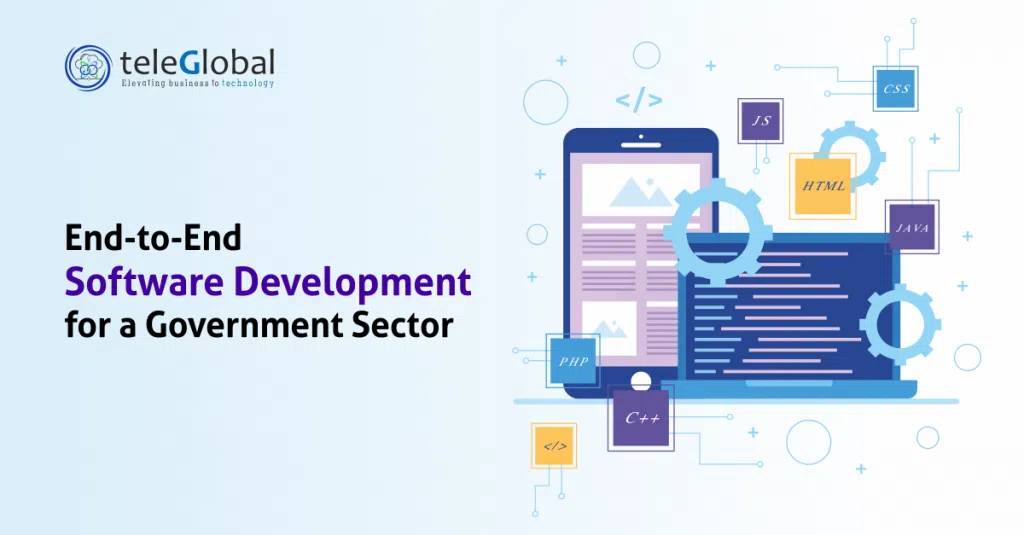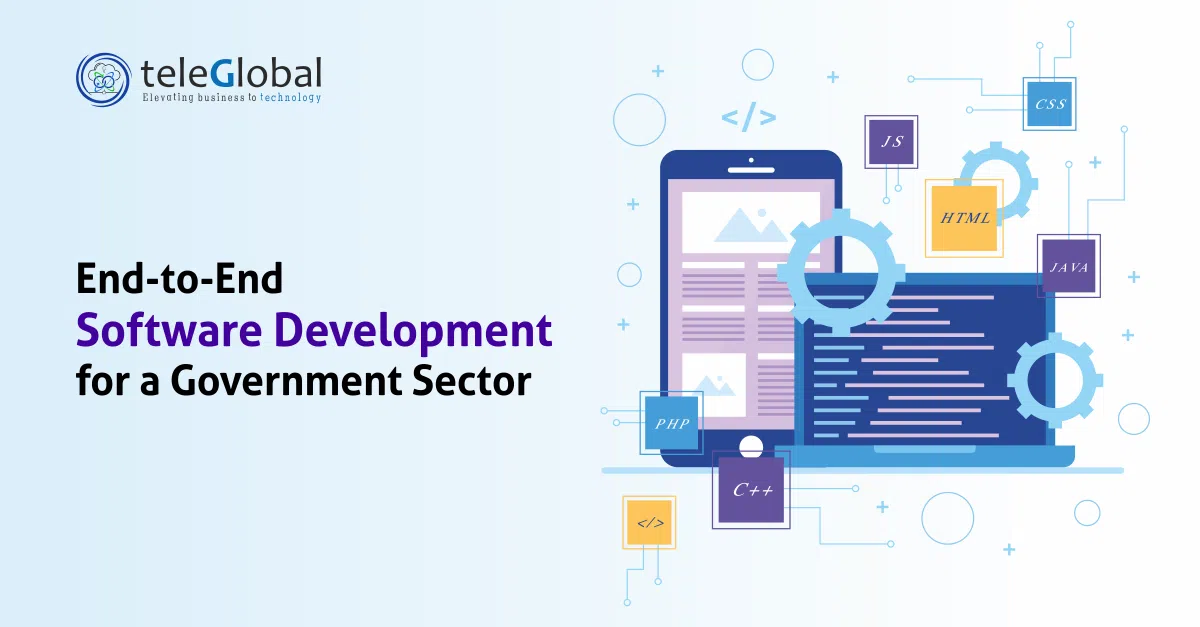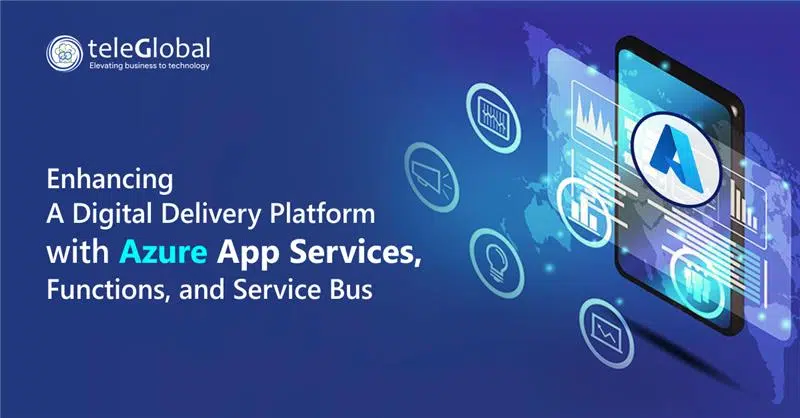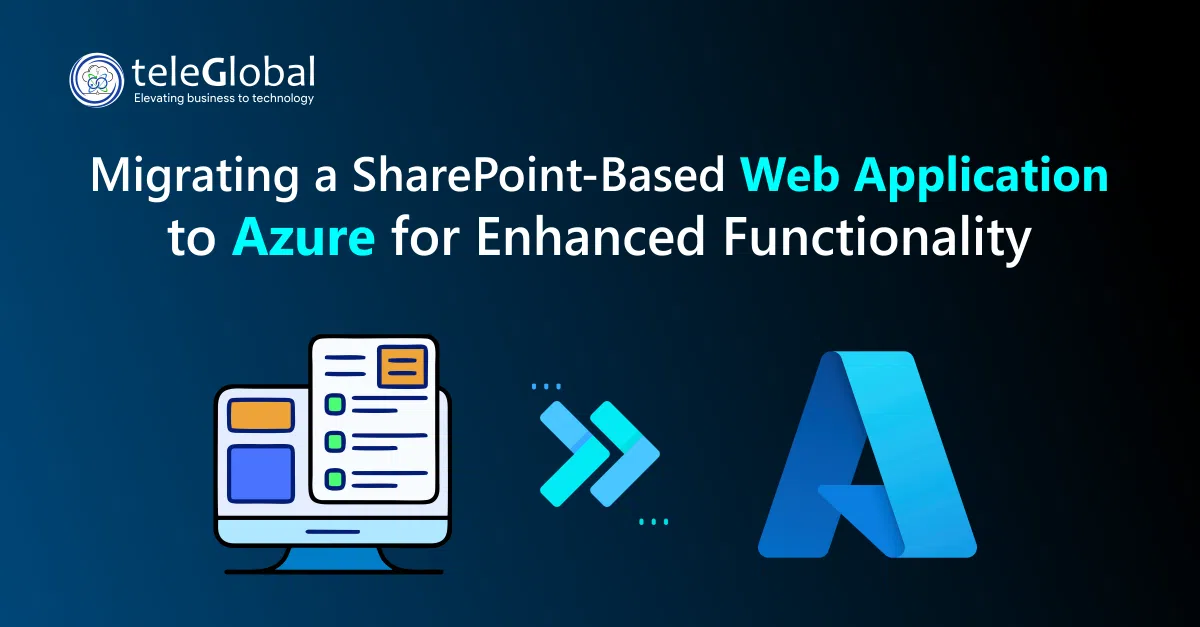
Name and sector of client
One of the leading government agency from Maharashtra – India
1. Problem Statement
Digital India is a flagship initiative by the Government of India aimed at digitizing public services to improve coordination between citizens and government entities. Our client, a government agency, sought an integrated software solution with the following key objectives Develop a comprehensive platform to cover both front-end and back-end operations.
- Improve citizen service delivery through an intuitive and user-friendly portal.
- Ensure compliance with government regulations, with a strong focus on data security and privacy.
- Automate internal processes across multiple departments to boost efficiency.
- Build a scalable, future-ready platform to enable the seamless addition of new modules.
The project aimed to modernize legacy systems, promote transparency, enhance operational efficiency, and elevate citizen satisfaction.
2. Challenges Faced
Developing a robust platform for a government client involved navigating several technical, operational, and regulatory challenges:
a) Complex and Evolving Requirements:
- Each government department had distinct workflows, complicating the creation of a unified framework.
- Frequent policy changes required continual adjustments to the software architecture.
b) Ensuring Security and Compliance:
- The platform needed to securely manage sensitive citizen data, complying with regional and international data privacy laws.
- A strong authentication mechanism was essential to prevent unauthorized access.
c) Performance and Scalability:
- The platform had to manage heavy traffic during peak periods (e.g., elections, tax filing seasons).
- Scalability was critical to ensure the platform could accommodate future growth without compromising performance.
d) Integration with Legacy Systems:
- Smooth integration with existing legacy systems was required to avoid service disruptions during the transition.
3. Proposed Solutions
To address these challenges, we implemented a structured development approach that ensured the delivery of a secure, reliable, and scalable platform.
a) Modular Architecture Design:
- A microservices-based architecture was adopted, enabling independent functionality for each module while ensuring seamless integration with the overall system.
- This modular approach allowed for quick upgrades and easy addition of new services without disrupting operations.
b) Advanced Security Measures:
- Role-Based Access Control (RBAC) ensured that users had appropriate access according to their roles.
- End-to-end encryption secured data during transmission, while Multi-Factor Authentication (MFA) protected user logins.
- A compliance management module ensured adherence to regional and global standards.
c) High-Performance Infrastructure:
- Distributed caching and load balancing mechanisms optimized platform performance, ensuring low-latency operations.
- Auto-scaling capabilities were incorporated to manage traffic surges effectively during peak events.
d) Enhanced Front-End User Experience (UX):
- An intuitive, responsive portal was developed to ensure accessibility across web and mobile platforms.
- Extensive stakeholder testing helped refine the platform for better usability and accessibility.
e) Seamless Integration with Legacy Systems:
- API gateways were deployed to enable real-time synchronization between the new platform and existing systems.
- A phased rollout strategy ensured smooth transitions with minimal service disruption.
4. Conclusion
The development and deployment of the platform for the government agency were highly successful. Our structured methodology and collaborative approach yielded:
- Enhanced transparency and improved citizen engagement through an accessible, user-friendly platform.
- Reduced operational overhead with automated workflows and seamless data exchange across departments.
- A scalable and future-ready solution capable of integrating new services and adapting to policy changes.
- Compliance with regional and global regulations, ensuring the privacy and security of citizen data.
This project sets a new standard for the digital transformation of public services, offering a sustainable model for other government institutions to enhance citizen satisfaction and streamline service delivery.









































